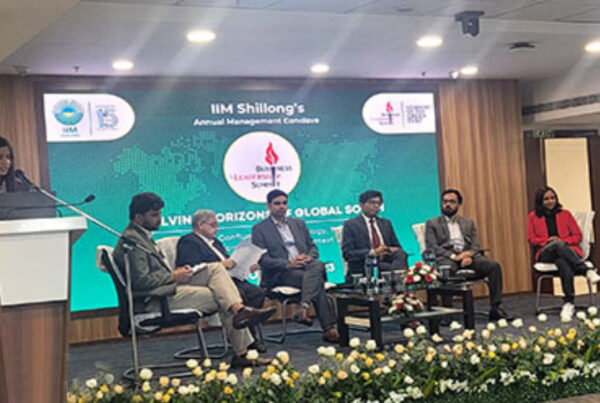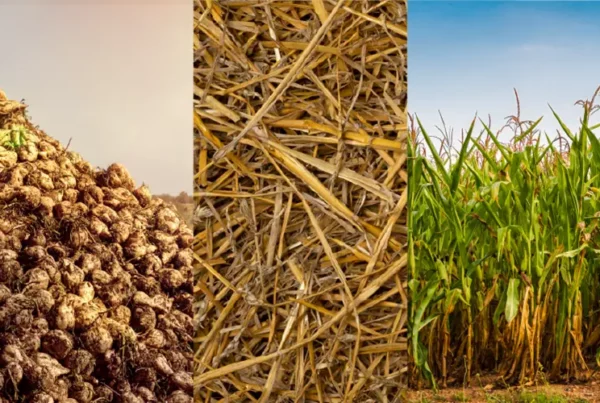India Health Foods Industry Overview and Outlook
- According to a United Nations World Cities Report, India will have 7 megacities by 2030. Increasing urbanization has put pressure on food systems and adding to nutrition challenges in the country as is elsewhere globally.
- As per various health surveys conducted in India, more than 20% of men and women are overweight or obese, significantly higher than the earlier estimates of ~13%. In addition, a recent World Bank study estimates that foodborne diseases cost India approximately $28 billion every year.
- Over the last few years, we have seen a shift in food consumption patterns and preferences, both in India and in many other countries across the globe. Amid a rapidly evolving lifestyle and increasing incidence of diseases like diabetics, obesity, etc., consumers have become more aware about their general well-being and have transitioned towards a preventive lifestyle approach compared to a curative one.
- All these factors have led to strong growth in the health foods sector which has grown at a CAGR of 20-22% in the last five years. Compared to the overall food industry, the segment is still at a nascent stage (less than 15% of the overall market in value terms) and the potential to increase penetration is very high, especially in non-rural centres.
- India’s health/organic foods market is projected to grow at 15-17% in the next five years and has the potential to grow at a faster pace on rising demand for health and wellness food products across the world
Market Growth Drivers and Trends
Most primary factors driving the Indian health foods industry are:
- Changing consumer attitudes and growing awareness about health
- Rising incidences of lifestyle-related illnesses
- Growing number of start-ups offering health/organic food products
- Rising income levels and higher discretionary spending
Potential Challenges
Key factors likely to restrain or slow down growth in the health foods industry in India:
- Price premium compared to traditional food products
- Availability in smaller retail outlets and shops
To know more about the report, please connect with AGR at https://www.agrknowledge.com/contact-us
Market Players Perspective
- The food industry in India has been traditionally dominated by the large global and Indian FMCG majors. However, recently many start-ups and smaller companies have forayed into this segment with a variety of health and wellness products
- Key players include the large FMCG companies such as Dabur, Nestle, Amul Danone, ITC, Unilever, Parle Agro, etc. Other notable players in the organic foods segment include Mehrotra Consumer Products, Sresta Natural Bioproducts, Organica Pure Farm, Sanjeevani Organics, etc.
India Health Foods Industry Research Scope
- The base year of the study is 2019, with forecast done up to 2024. The report provides a detailed assessment of the Indian health foods industry, including insights on the market dynamics, key drivers, challenges, regulations impacting the market, and value chain analysis.
- We have also estimated the current market size in India and by food type, by distribution channels, by regions; 5-year outlook of the market, factors driving growth along with regional insights and trends
- The study also presents a thorough analysis of the competitive landscape, considering the market shares of the leading companies. These provide the key market participants with the necessary business intelligence and help them understand the future of the Indian health foods industry.
Author – Prasanth R Krishnan
Associate Director – Operations
Connect to the author of the report at reports@avalonglobalresearch.com or contact us at https://www.agrknowledge.com/contact-us




